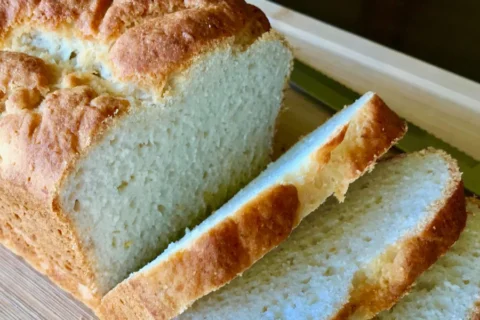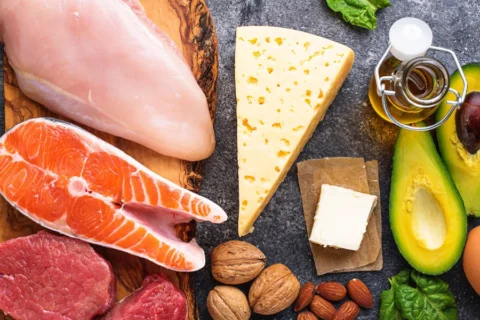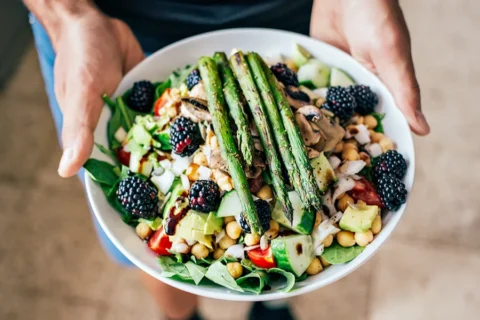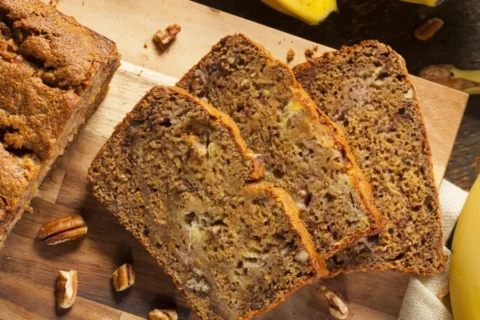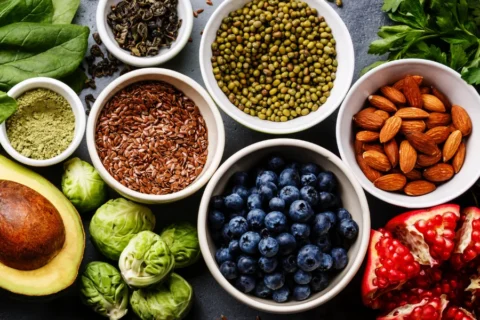1 month ago
Gluten-free Bread that Tastes Good? What I Learned from Trying Every Loaf
Outline
1: Introduction
- What gluten free bread is and why it matters
- My journey with gluten-free bread
2: Why Choose Gluten-free Bread?
- The straighten up of Gluten Sensitivity and Celiac Disease
- Understanding the Need for Gluten-free Options
- Health Benefits of Eating Gluten-free Bread
3: The Challenges of Finding Tasty Gluten-free Bread
- The Taste Factor: A Common Complaint
- Texture Troubles: Why Some Breads Don’t Measure Up
- How Gluten Affects Bread’s Taste and Texture
4: My Experience with Different Gluten-free Breads
- Trying Popular Brands
- Exploring Homemade Gluten-free Bread Recipes
- My Verdict: Store-bought vs. Homemade
5: Ingredients that Make Gluten-free Bread Tasty
- The Role of Gluten-free Grains
- Additives and Binders for Better Texture
- The Importance of Freshness in Gluten-free Bread
6: Health Benefits of Gluten-free Bread
- Improved Digestion
- Weight Management
- Nutritional Content: What to Look For
7: Tips for Buying the Best Gluten-free Bread
- Reading Food Labels Carefully
- Certified Gluten-free: What It Means
- Avoiding Processed Foods and Choosing Whole Grains
8: Conclusion
- Summary of what I learned
- Encouragement for others to try gluten-free bread
9: FAQs
Gluten free Bread that Tastes Good? What I Learned from Trying Every Loaf
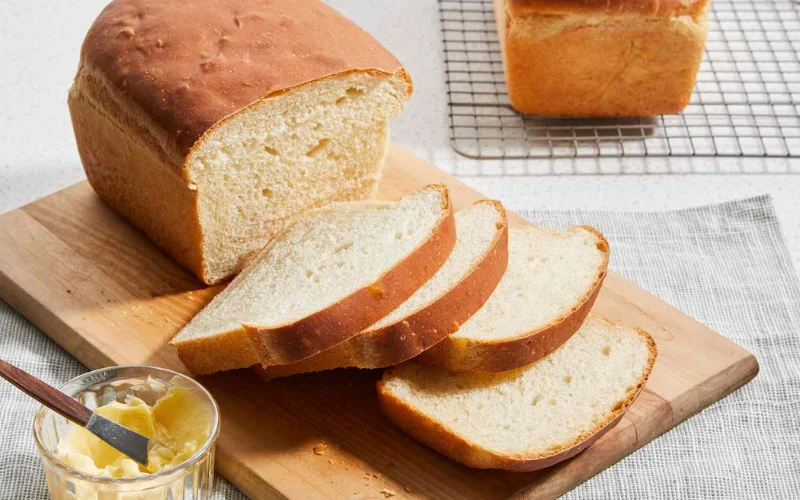
Gluten free bread has become a staple for many who are either diagnosed with celiac disease or have a gluten sensitivity. However, finding gluten-free bread that tastes good can be a challenge. As someone who decided to explore the world of gluten-free eating, I quickly discovered that not all gluten-free breads are created equal. My journey involved tasting various brands, experimenting with homemade recipes, and learning what makes gluten-free bread delicious.
Why Choose Gluten-free Bread?
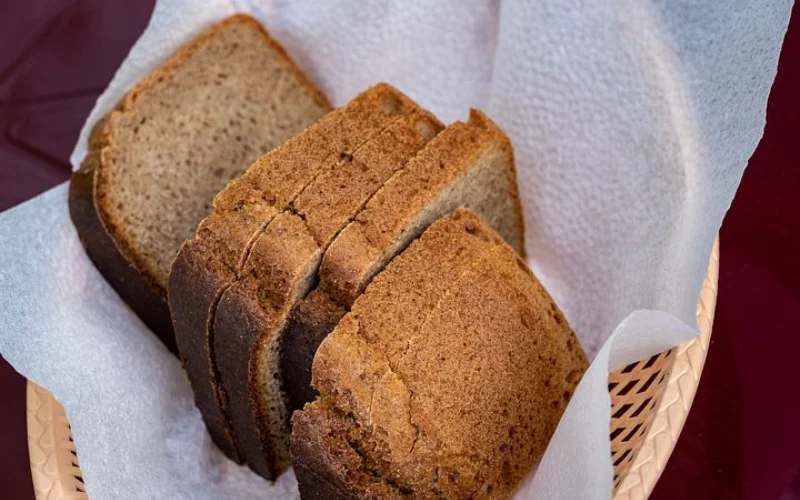
The Rise of Gluten Exposed and Celiac Disease
In recent years, there has been a significant increase in the number of people diagnosed with celiac disease. In this autoimmune disorder, ingesting gluten damages the small intestine. Alongside this, gluten sensitivity, which is less severe but still impactful, has also become more recognized. For those affected, consuming gluten can lead to a range of symptoms, including digestive discomfort, fatigue, and more serious long-term health issues.
Understanding the Need for Gluten-free Options
As awareness of these conditions grows, so does the demand for gluten-free products. Gluten-free bread, in particular, is a crucial alternative for those who must avoid gluten but still want to enjoy a staple food deeply ingrained in our daily diets.
Health Benefits of Eating Gluten-free Bread
For Those with celiac disease or gluten responsiveness, gluten-free bread’s primary benefit is avoiding gluten-related symptoms. However, gluten-free bread can offer additional health benefits, especially when made with nutrient-rich grains like quinoa, millet, and brown rice. These grains can improve digestion, weight management, and overall health.
The Challenges of Finding Tasty Gluten-free Bread
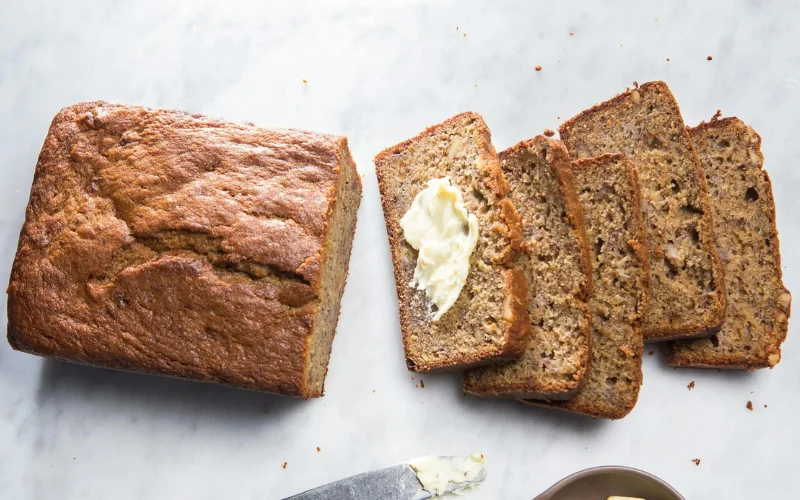
1. The Taste Factor: A Common Complaint
One of the most common complaints about gluten-free bread is its taste. Many people find it bland or unpleasant, especially compared to traditional bread’s rich, wheaty flavour. This is mainly due to the absence of gluten, a protein that contributes to the taste and texture of wheat-based bread.
2. Texture Troubles: Why Some Breads Don’t Measure Up
Texture is another area where gluten-free bread often needs to catch up. Without gluten, bread can become dense, crumbly, or overly chewy. Achieving the perfect texture requires carefully balancing ingredients and techniques many commercial products haven’t mastered.
3. How Gluten Affects Bread’s Taste and Texture
Gluten plays a critical role in bread-making. It gives bread its structure, elasticity, and chewiness. Without it, bread can end up flat, dense, or rubbery. This is why replicating the taste and texture of traditional bread in a gluten-free version is so challenging.
My Experience with Different Gluten-free Breads
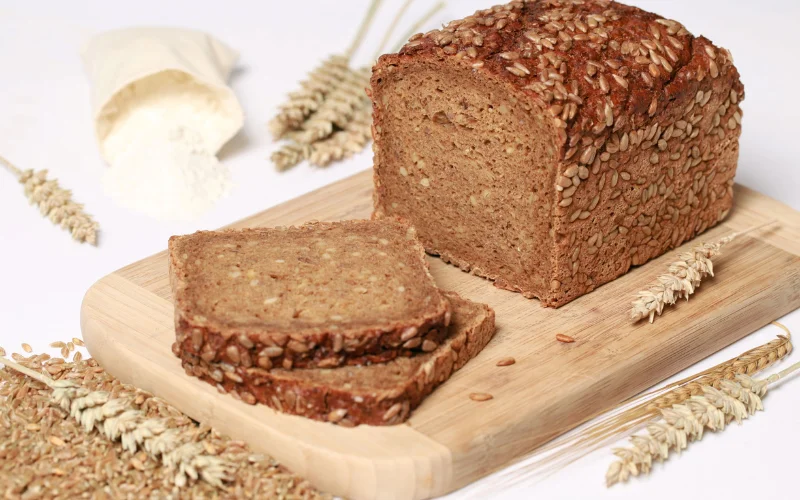
1.
Trying Popular Brands
In my quest to find the best gluten-free bread, I sampled several popular brands. Some were decent, while others left much to be desired. The most common issue I encountered was inconsistency in taste and texture, with some loaves being too dry and others too gummy.
2. Exploring Homemade Gluten-free Bread Recipes
After several disappointing store-bought experiences, I decided to try making gluten-free bread at home. This allowed me to control the ingredients and experiment with different combinations of gluten-free flour and binders. The results were surprisingly good, though it took some trial and error.
3.My Verdict: Store-bought vs. Homemade
While some store-bought gluten-free breads are convenient, homemade bread offers a superior taste and texture. The key is using high-quality ingredients and following a reliable recipe. However, a few brands come close to the homemade experience for those who need more time.
Ingredients that Make Gluten-free Bread Tasty
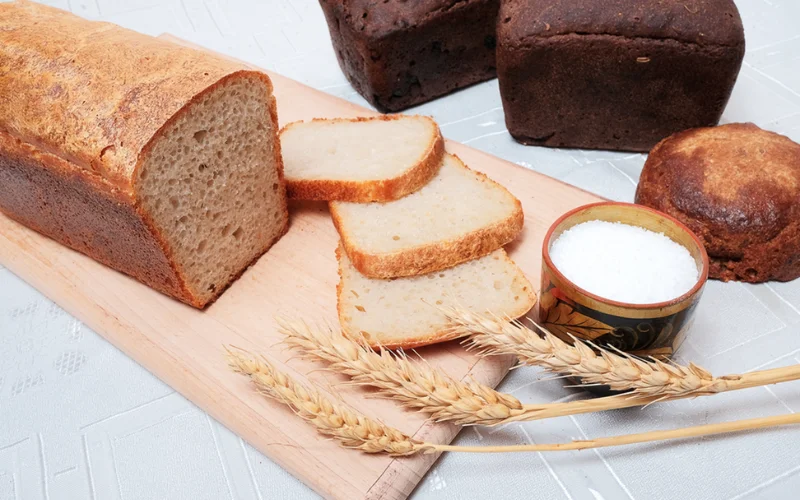
1. The Role of Gluten-free Grains
The type of gluten-free grains used in bread-making is crucial to its flavour and nutritional value. Quinoa, millet, and buckwheat are all excellent choices, as they provide a nutty flavour and are rich in vitamins and minerals. These grains can significantly improve the taste of gluten-free bread.
2. Additives and Binders for Better Texture
Gluten-free bread often includes additives like xanthan gum or guar gum to replicate the texture of gluten. These ingredients help to bind the dough and make a more traditional bread-like texture. While they aren’t always necessary, they can significantly improve the final product.
3. The Importance of Freshness in Gluten-free Bread
I learned that freshness is essential when it comes to gluten-free bread. Because it lacks preservatives and the binding power of gluten, gluten-free bread can dry out quickly. For the best taste and texture, consume it within a few days of baking or purchasing it.
Health Benefits of Gluten-free Bread
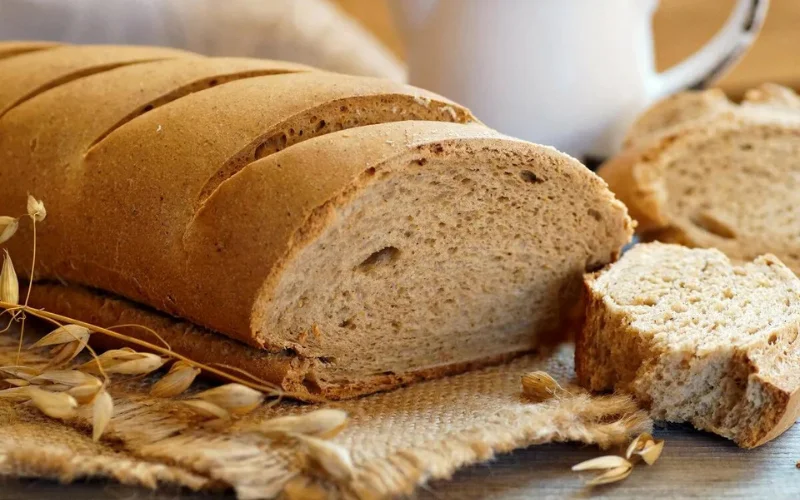
1. Improved Digestion
Switching to gluten-free bread can significantly improve digestion for those with gluten responsiveness or celiac disease. Many people experience less bloating, gas, and digestive discomfort by avoiding gluten.
2. Weight Management
Interestingly, some people find that eating gluten-free bread helps with weight management. This may be because gluten-free bread made with whole grains is often lower in calories and higher in fibre than their wheat-based counterparts, helping to keep you full for longer.
3. Nutritional Content: What to Look For
Not all gluten-free breads are created equal when it comes to nutrition. Look for options made with whole grains and fortified with essential nutrients like fibre, iron, and vitamins. Avoid overly processed gluten-free breads that lack nutritional value.
Tips for Buying the Best Gluten-free Bread
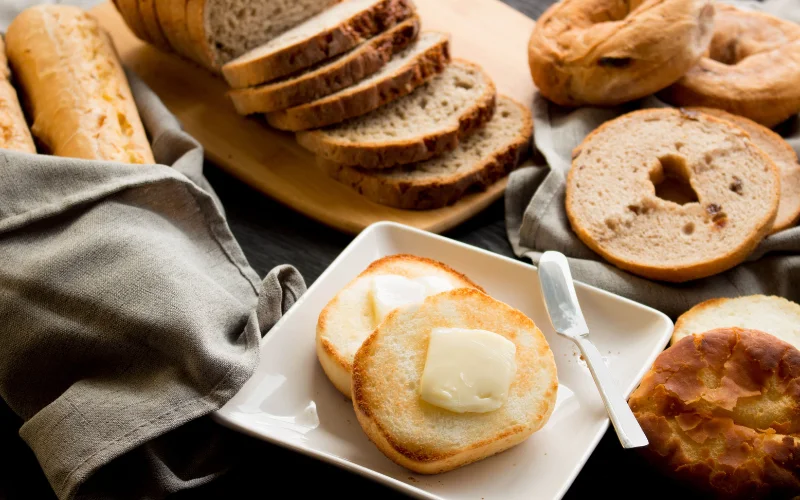
1. Reading Food Labels Carefully
When shopping for gluten-free bread, it is crucial to read food labels carefully. Look for bread that is labelled gluten-free and made with wholesome ingredients. Avoid breads with a long list of additives and preservatives.
2. Certified Gluten-free: What It Means
Certified gluten-free products have been tested and meet strict standards to ensure they contain less than 20 parts per million (ppm) of gluten. This certification can provide peace of mind for those with severe gluten responsiveness or celiac disease.
3. Avoiding Processed Foods and Choosing Whole Grains
Choose gluten-free bread made with whole grains rather than highly processed flour whenever possible. Whole grains provide more nutrients and fibre, making them a healthier choice overall.
Conclusion
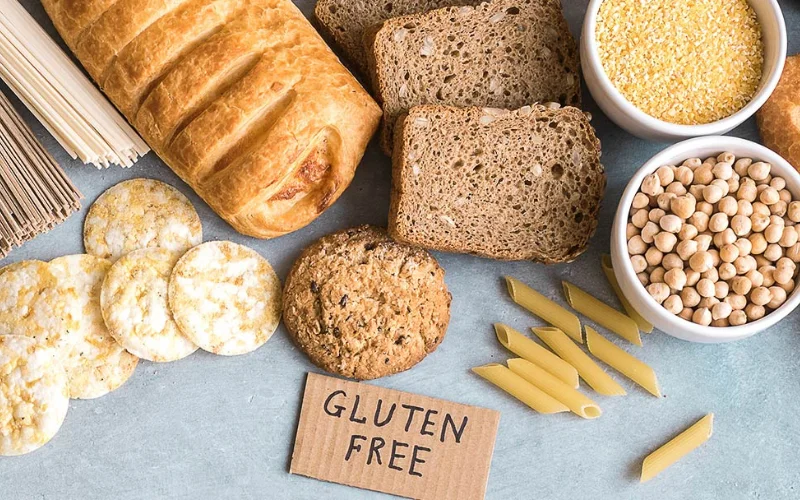
My journey into the world of gluten-free bread has been both enlightening and rewarding. While finding a tasty, gluten-free bread can be challenging, it’s not impossible. Whether you choose store-bought brands or make your own, plenty of options can satisfy your taste buds and support your health. For anyone considering the switch to gluten-free, I encourage you to explore the options available and find what works best for you.
FAQs | Frequently Asked Questions
Is gluten-free bread healthier than regular bread?
Gluten-free bread can be healthier, especially for those with gluten sensitivity or celiac disease. However, the nutritional content depends on the ingredients used, so always check the nutritional content.
Can gluten-free bread help with weight loss?
Gluten-free bread can aid in weight loss if made from whole grains and consumed in a balanced diet. It’s often lower in calories and higher in fibre than regular bread.
What are the best gluten-free grains for making bread?
Quinoa, millet, and buckwheat are some of the best gluten-free grains for making bread. They are nutrient-dense and provide a good texture and flavour.
How can I make gluten-free bread taste better?
To improve the taste of gluten-free bread, use high-quality gluten-free grains, add natural flavourings like herbs or spices, and ensure the bread is fresh.
Is gluten-free bread suitable for everyone?
While gluten-free bread is essential for those with celiac disease or gluten sensitivity, it’s not necessarily suitable or beneficial for everyone. Those without gluten issues may not need to avoid it.
Facebook
Instagram
Whatsapp
Youtube
Latest News
COVID-19 Data Tracker – Centers for Disease Control
Bedlington Terrier Infectious Disease Care and Health
September 14, 2024 0
Nutrition
Evolving Science Changes the Way We Talk about Weight Loss
August 28, 2024 0
Physical Therapy
The Benefits of Alternating Ice and Heat: A Guide to Effective Therapy
Gluten-free Bread that Tastes Good? What I Learned from Trying Every Loaf
9 Home Remedies Backed by Science
August 18, 2024 0
You might also like
COVID-19 Data Tracker – Centers for Disease Control
Bedlington Terrier Infectious Disease Care and Health
September 14, 2024 0

Nutrition
Evolving Science Changes the Way We Talk about Weight Loss
August 28, 2024 0
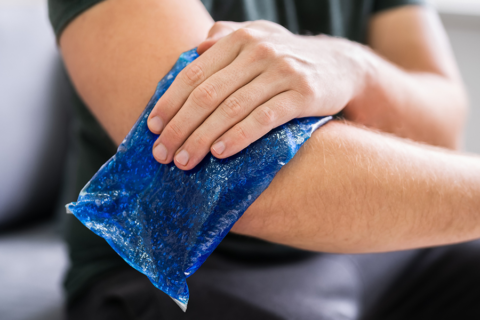
Physical Therapy
The Benefits of Alternating Ice and Heat: A Guide to Effective Therapy
Gluten-free Bread that Tastes Good? What I Learned from Trying Every Loaf
9 Home Remedies Backed by Science
Effects of a Low Carbohydrate Diet on Energy Expenditure During Weight Loss Keeping
What is the Difference Between Vegan and Vegetarian? | Better Health Channel
Best Banana Bread Recipes and Baking Guide | Health Wellbeing
Best Superfoods to Boost a Healthy Diet
Pilates vs Yoga: What’s the Better Workout?
A 7-Day Gym Workout Routine To Help Meet Your Fitness Goals
Understanding the Power of Intrinsic Motivation
Performance Enhancing Drugs: Know the Risks
August 6, 2024 0

Physical Therapy
Why PRP Should Be Your First Choice for Injection Therapy in Treating
August 3, 2024 0




